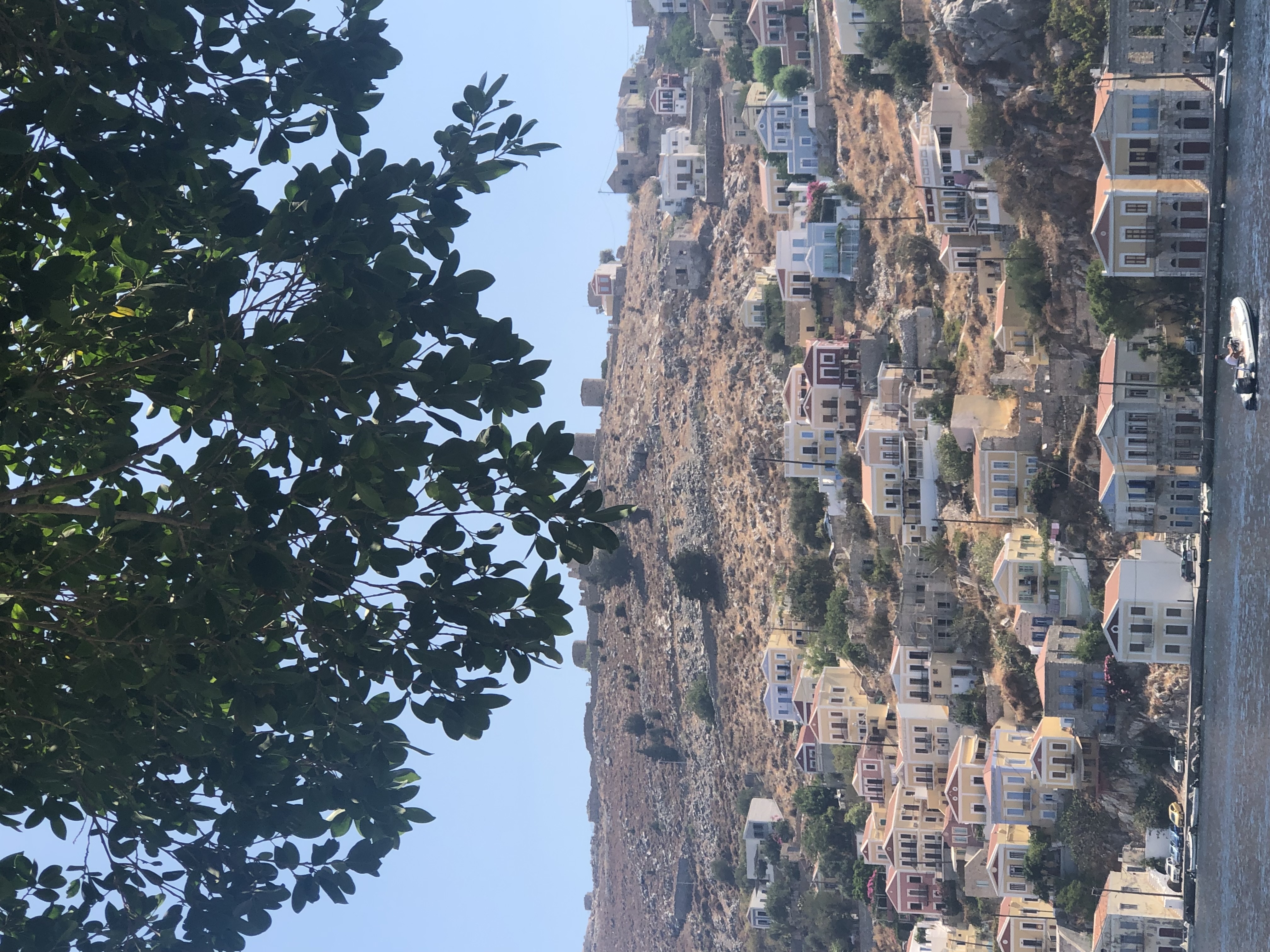Elizabeth I
Subdecks (9)
Religious Settlement
History GCSE AQA > Year 10 > Elizabeth I36 cardsTheatre/The Globe
History GCSE AQA > Year 10 > Elizabeth I118 cardsPoverty
History GCSE AQA > Year 10 > Elizabeth I26 cardsThe Spanish Armada
History GCSE AQA > Year 10 > Elizabeth I18 cardsExploration
History GCSE AQA > Year 10 > Elizabeth I33 cardsImportant Plots
History GCSE AQA > Year 10 > Elizabeth I21 cardsMary, Queen of Scots
History GCSE AQA > Year 10 > Elizabeth I11 cardsEssex Rebellion
History GCSE AQA > Year 10 > Elizabeth I17 cards
Cards (306)
- What happened to Elizabeth's mother in May 1536?
- What significant action did King Henry VIII take in the late 1550s/early 1540s?
- What occurred to Elizabeth's cousins in the late 1550s/early 1540s?
- What did the third act of succession in 1544 do for Elizabeth?
- Who became king after Henry VIII died in 1547?
- Who was the power behind the throne in 1553?
- What happened to Seymour in 1553?
- What did Wyatt's rebellion threaten in 1554?
- What significant event happened on November 17, 1558?
- How was Elizabethan England governed?
- Who were Elizabeth's main advisors?
- What was the role of Parliament in Elizabethan governance?
- Who appointed the Lord Lieutenants?
- What was the role of Justices of the Peace?
- What was the Royal Court's significance?
- What advice did the Privy Council provide to Elizabeth?
- What was a 'progress' in Elizabethan England?
- What were the good and bad points of marriage for Elizabeth?
- What was a potential benefit of marrying a foreign prince?
- Why did Elizabeth choose to remain unmarried?
- What was the legal status of marriage in the 16th century?
- What was a risk associated with childbirth in Tudor times?
- Who was Philip of Spain in relation to Elizabeth's sister Mary?
- What was Peter Wentworth's fate for opposing the queen's orders?
- What is the Great Chain of Being?
- How long did Elizabeth reign?
